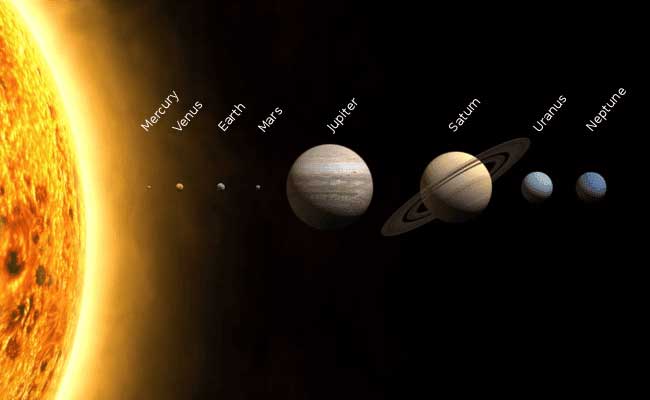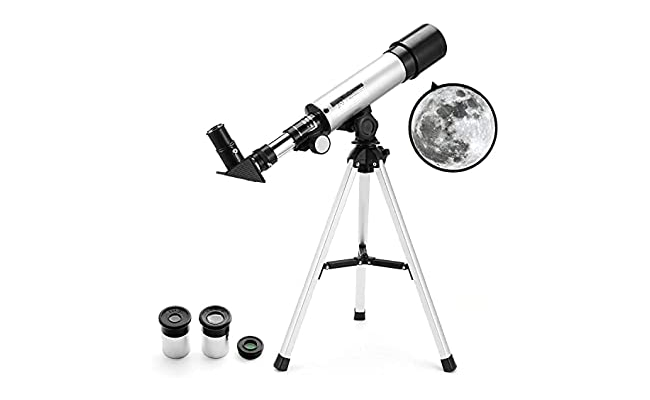Astronomy, the fascinating study of celestial objects and phenomena beyond Earth, has fascinated humanity for centuries. For many amateur astronomers, a quality telescope is the key to unlocking the mysteries of the universe. Whether you’re a novice interested in exploring the night sky or an experienced stargazer looking to upgrade your equipment, choosing the right telescope can significantly enhance your astronomy experience. This article will guide you through some of the best telescopes available for amateur astronomers, highlighting their features, benefits, and what to consider before buying.
Understanding types of telescopes
Before diving into specific models, it’s essential to understand the different types of telescopes available:

Refractor telescopes: These use lenses to collect and focus light. They are known for their crisp, high-contrast images, which make them ideal for viewing planets and moons. Refractors are generally portable and require less maintenance than other types.
Reflecting telescopes: These use mirrors to reflect light and create an image. Reflectors are excellent for deep-sky observation, allowing users to see obscure objects such as galaxies and nebulae. They often offer more aperture for the same price as refractors, but they may require regular alignment (mirror alignment).
Catadioptric telescopes: These combine lenses and mirrors, offering both design advantages. They are compact and versatile, suitable for both planetary and deep-sky observations. Catadioptric telescopes can be more expensive but are often favored for their portability and ease of use.
Top telescopes for amateur astronomers
Here are some of the best telescopes that meet the needs of amateur astronomers:
Celestron AstroMaster 70AZ Telescope
- Type: Refractive
- Aperture: 70 mm
- Weight: 11 lbs
- Price range: $150 – $200
- Best for: Beginners
- Features: The AstroMaster 70AZ is lightweight and easy to set up, making it an excellent choice for new astronomers. It comes with two eyepieces, which provide a range of magnification and a clear view of celestial objects like the moon and bright planets.
Sky-Watcher 8-inch Dobsonian Telescope
- Type: Reflector
- Aperture: 203 mm (8 inches)
- Weight: 45 lbs
- Price range: $400 – $500
- Best for: Deep-sky observing
- Features: The 8-inch Dobsonian is famous for its large aperture, which allows users to observe obscure objects in the night sky with impressive clarity. Its simple design makes it easy to use, and its affordability makes it a popular choice among amateur astronomers.
Meade Instruments Infinity 102mm Telescope
- Type: Refractive
- Aperture: 102 mm
- Weight: 15 lbs
- Price range: $300 – $400
- Best for: Versatility
- Features: The Infinity 102mm is versatile enough for planetary and deep-sky observation. Its easy-to-use altazimuth mount and included accessories, such as a red-dot finder and multiple eyepieces, make it an excellent choice for amateur astronomers of all levels.
Orion Starblast 4.5 Astro Reflector Telescope
- Type: Reflector
- Aperture: 114 mm (4.5 inches)
- Weight: 20 lbs
- Price range: $250 – $300
- Best for: Portability
- Features: The StarBlast 4.5 is compact and lightweight, making it perfect for traveling or observing from various locations. It provides a good balance between portability and performance, allowing users to view a variety of celestial objects.
Celestron NexStar 6SE Telescope
- Type: Catadioptric
- Aperture: 150 mm (6 inches)
- Weight: 30 lbs
- Price range: $800 – $1,000
- Best for: Advanced users
- Features: NexStar 6SE combines ease of use with advanced technology. Its computerized mount allows for easy tracking of celestial objects, making it ideal for those who want to explore the night sky without the hassle of manual adjustments. The telescope’s high-quality optics provide stunning views, making it a favorite among serious amateur astronomers.
Factors to consider when choosing a telescope
When choosing a telescope, keep the following points in mind:
- Aperture: The size of the primary lens or mirror determines the amount of light in the telescope. Larger apertures allow better viewing of faint objects but can make the telescope heavier and less portable.
- Portability: Consider how often you plan to travel with your telescope. Lightweight models are easier to transport, while larger models offer better views but can be cumbersome.
- Ease of use: Some telescopes require more setup and maintenance than others. If you’re a beginner, look for models with user-friendly mounts and controls
- Budget: Determine your budget before shopping. Quality telescopes are available at different price points, so finding one that meets your needs without breaking the bank is essential.
- Accessories: Consider what accessories come with the telescope, such as eyepieces, finders, and carrying cases. These can enhance your experience and save you money in the long run.
Investing in a quality telescope can open up a whole new world of discovery for amateur astronomers. Whether you’re just starting or looking to upgrade your equipment, the right telescope will enhance your cosmic exploration and ability to observe celestial phenomena. From the beginner-friendly Celestron AstroMaster to the advanced features of the NexStar 6SE, there’s a telescope to fit your needs and budget. So get ready, step out under the stars, and enjoy the beauty of the universe through your new telescope!
Read Also: What is Auroras ?
![]()





